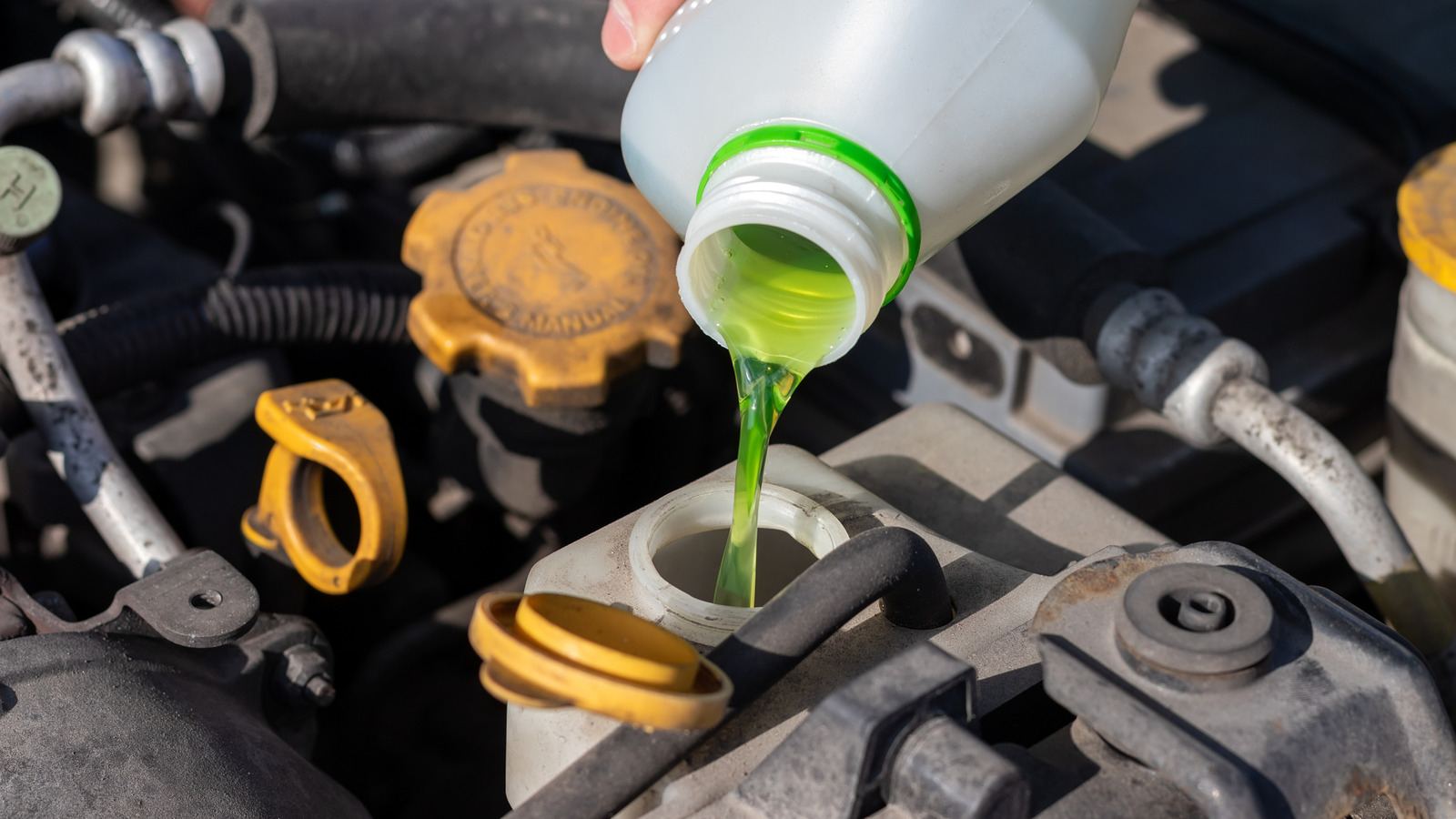By Alvin Reyes
Copyright jalopnik

Despite its longevity, coolant can go bad. Before pouring the contents of a coolant bottle that’s been sitting in the trunk for who-knows-how-long, give it a quick inspection. Watch out for signs of discoloration, sediments on the bottom of the container, or a foul odor, all of which can indicate that the coolant has gone bad or is expired.
Naturally, you don’t want to pour bad coolant into your car’s radiator or reservoir, since expired coolant doesn’t have the chemical stability of fresh coolant. Using expired coolant is bad news for your cooling system, as it won’t be as effective in raising the boiling point or preventing the liquid from freezing in cold weather. Moreover, the additives will also break down, and it won’t have the intense lubricating properties of fresh coolant.
We wouldn’t hedge our bets on years-old coolant, and it’s not worth risking your engine’s health and well-being for a liquid that costs less than $25 per gallon. If you recently cracked open a fresh bottle of coolant to replenish the radiator, remember to replace the cap, tighten it sufficiently, and keep the bottle under the kitchen sink or somewhere out of direct sunlight. Some people use a pen or marker to scribble down the month and year they opened the bottle, which takes away the guesswork when determining the coolant’s remaining shelf life.
Coolant comes in many types, so don’t forget to check the owner’s manual to avoid using the wrong kind. Lastly, coolant is a mixture of water and antifreeze, but RV antifreeze is different and has no place in your car’s radiator and cooling system.